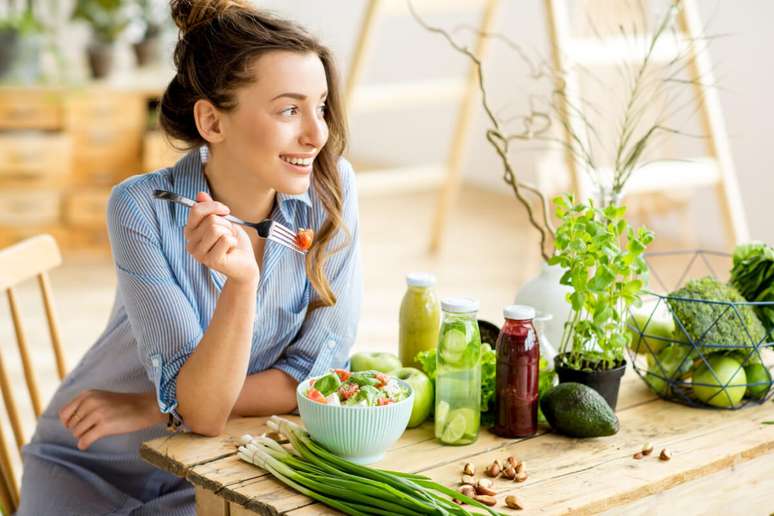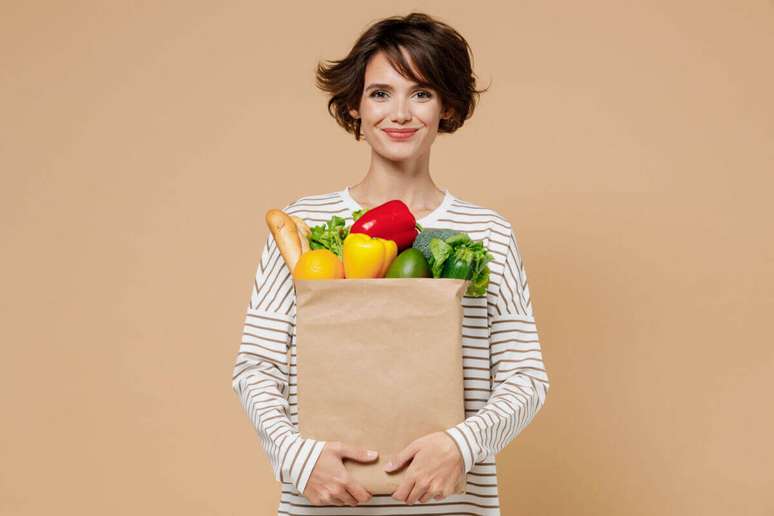The nutritionist teaches how to adapt your eating routine to reduce the consumption of animal proteins
Concern for the environment, physical health and animals has increased the search for food alternatives that do not involve the exploitation and suffering of animals. According to data from a survey conducted by Ibope, in 2018 approximately 14% of Brazilians declared themselves vegetarian, an increase of 75% compared to the same survey carried out in 2012.
However, it is important to highlight the importance of making the transition to vegetarianism in a healthy and balanced way. With this in mind, Andréia Camilla, nutritionist working for GetNinjas (service procurement platform), lists 5 tips to help those who want to change their eating habits and start a vegetarian diet. Watch!
1. Start by reducing consumption
It may be difficult for some people to stop eating meat altogether, in which case the nutritionist suggests start gradually. “You can start by choosing 1 or 2 days without eating meat.”
2. Replace animal milk with plant-based milk
Nowadays there are several vegetable milks and derivatives available on the market. They are also rich in nutrients and you can make your own milk at home with ingredients such as oats, almonds and chestnuts.
3. Learn to cook
Nowadays it is possible to find various industrialized products in plant-based vegetarian and vegan versions, for example “you can choose to buy ready-made, but when you make it yourself it is certainly much more greet, since no preservatives or colorings will be added”, recommends the nutritionist.

4. Eat green leaves and vegetables
Animal foods contain a lot of iron, so it is very important to include iron-rich vegetables in your diet. Dark green vegetables like kale, broccoli and spinach are great options. “To improve its absorption, add citrus fruits such as orange and pineapple after meals, as they contain vitamin C, which improves the absorption of iron,” advises Andréia Camilla.
5. Invest in legumes
In addition to offering high-quality protein, “legumes They contain a lot of iron, including: beans, chickpeas, lentils and peas. They should also be consumed with citrus fruits”
6. Consult a specialist
Before starting any diet, ask a nutritionist for help, this way you will avoid any risk of malnutrition. This is because, in many cases, it is necessary to integrate vitamin B12methylcobalamin, due to the exclusion of meat from the diet which, if well oriented and balanced, does not damage the distribution of nutrients.
By Bruna Zanin
Source: Terra
Ben Stock is a lifestyle journalist and author at Gossipify. He writes about topics such as health, wellness, travel, food and home decor. He provides practical advice and inspiration to improve well-being, keeps readers up to date with latest lifestyle news and trends, known for his engaging writing style, in-depth analysis and unique perspectives.





![Tomorrow belongs to us in advance: Violet takes risks… What awaits you in the week of October 20-24, 2025 [SPOILERS] Tomorrow belongs to us in advance: Violet takes risks… What awaits you in the week of October 20-24, 2025 [SPOILERS]](https://fr.web.img6.acsta.net/img/84/4f/844fc0f4a394a4dbfcf4dfd7a5d3fe41.jpg)



